Editor’s Key Takeaways: Glossy vs. Lustre: Best Photo Paper Finish?

The blog post dives into the key differences between glossy and lustre photo paper finishes to help readers make an informed choice for their photo prints.
- Glossy vs. Lustre Photo Paper: The two finishes are examined to understand their impact on photo prints.
- Why Does Print Paper and Finish Matter?
Explains how different materials and finishes, like glossy and lustre, affect the ink absorption and appearance of photos, ultimately impacting the image’s perception and mood.
- About Glossy Paper:
- Advantages: Shiny finish enhances vibrancy and detail.
- Disadvantages: Prone to fingerprints and glare.
- About Lustre Paper:
- Advantages: Reduces glare and fingerprints, with a balance of colors.
- Disadvantages: Less vibrant than glossy finishes.
- Which Should You Use for Your Photo Prints? Concludes by suggesting that the choice depends on the desired photo look and personal preferences.
In summary, picking the right type of photo paper is an essential decision that can significantly influence the final output of your prints.
When you buy through links on our site, we may earn a commission at no cost to you. We evaluate products independently. Commissions do not affect our evaluations.
Introduction
When diving into the world of photo printing, whether as a hobbyist or as someone who just wants to hang up some beautiful family portraits, the sea of options can be a bit difficult to sail. Two of the most common choices for photo paper finishes include glossy and lustre. But when it comes to choosing between the two, what’s the difference and which is best?
This article on lustre vs. glossy aims to unveil the mysteries behind what option is best for your photo prints!
Glossy vs. Lustre Photo Paper:
Why Does Print Paper and Finish Matter?
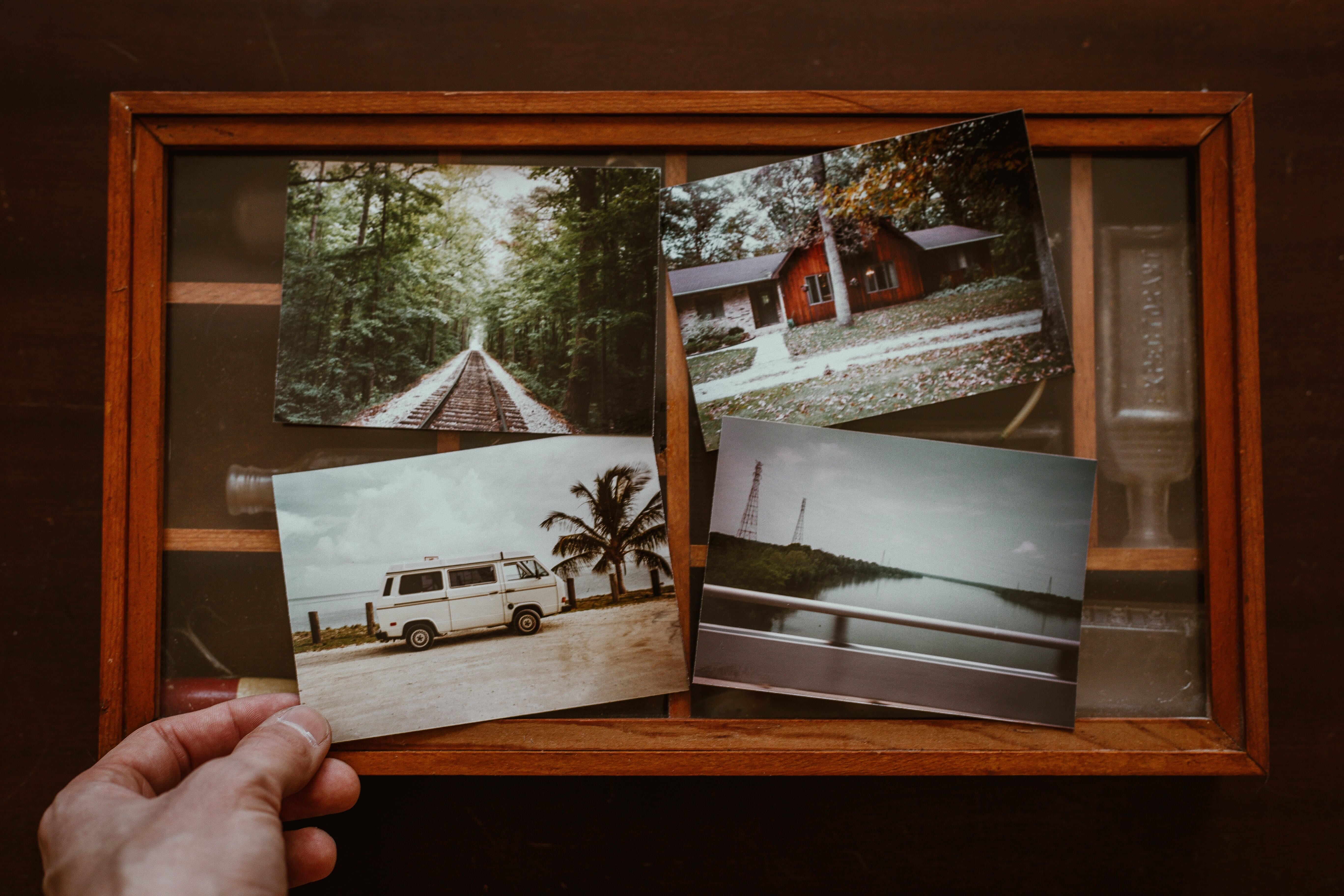
To start us off, why are there even so many paper options in the first place? Printing may seem like you just pick your photo file and hit print, but alas, this is not the case. You see, the type of paper you decide to print on can make or break how the photograph appears.
Papers are made of different materials and with different levels of “shine” which can alter how a photograph appears. Different materials absorb ink differently and different finishes express the images in their own particular way. For example, matte papers can make colors a bit duller while glossy can make them a bit too vibrant (we have a nifty article on matte vs. glossy to help you out with this too). It all depends on what kind of image you are printing.
All of these ways that a photograph is altered by paper can impact the image’s perception and mood – which is why pairing the right photo with the right paper is an art that photographers have reveled in for decades, and with right reason!
Now, let’s move on to comparing glossy to lustre.
About Glossy Paper
Arguably one of the most popular print finishes, glossy is synonymous with shiny! Well, in photo terms anyways. You’ve likely seen glossy paper a thousand times in your life, from family photos in an album to the everyday print at Costco.
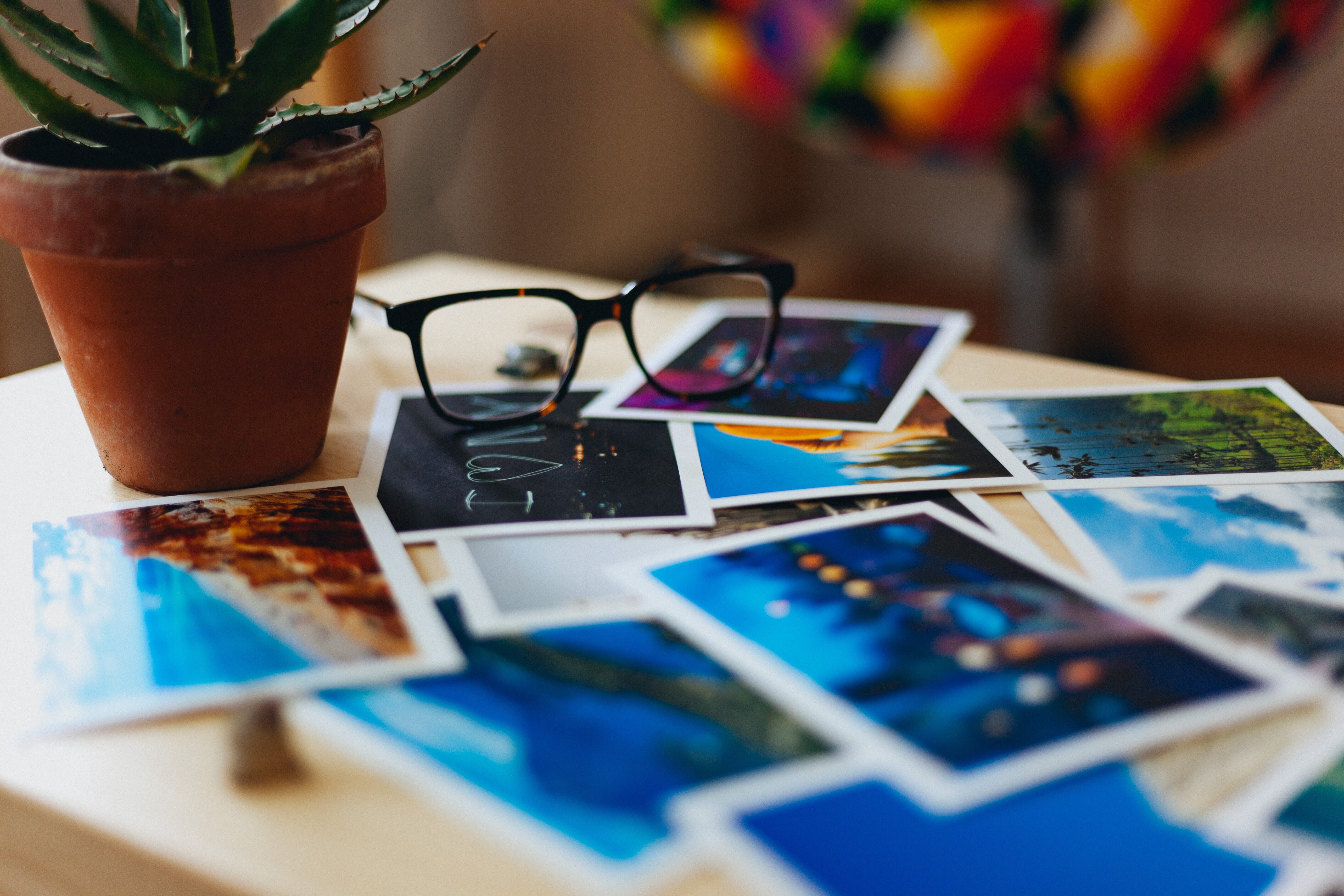
Glossy has a beautiful reflective quality to it, sometimes noted as “smooth like glass”. If you were to view a glossy print at its side, you’ll see the light bounce and flicker off of it in ways similar to a smooth clean surface.
Glossy papers tend to bring out the incredible vividness of colors, making for quite eye-catching pieces. Image contrast is also captured well with glossy papers. You can really see the brightness of the whites and the deepness of the blacks.
The tack sharpness, focus, and details are captured with clarity and boldness, as the paper is smooth so the texture doesn’t seep some of that sharpness away.
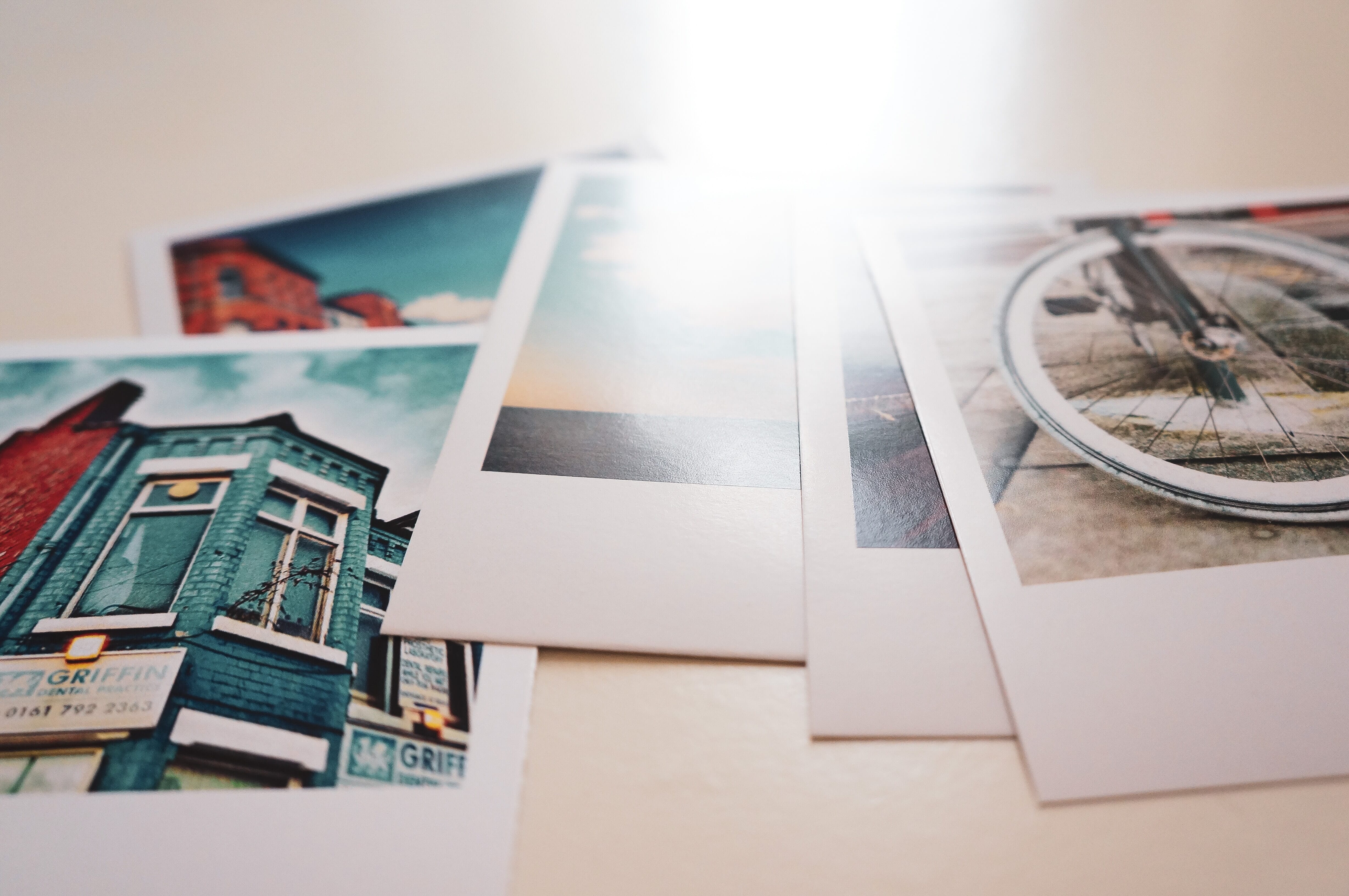
That being said, the smoothness and shine of the glossy paper make it not very user-friendly, in the sense that this paper is very prone to holding fingerprints. Cleaning off these fingerprints can become a mess in and of itself as well, leading to a fairly disastrous situation if you don’t know what you’re doing.
Glossy prints fare better if the photographs are being placed behind glass in a frame, where fingers can’t get a hold of them. Due to the reflective properties, glossy print locations have to be hung with care, so as to avoid light reflecting off of them and distracting from the printed image.
Advantages
- The shine makes the paper quite a showstopper.
- The smooth finish prints details with incredible sharpness.
- Glossy prints are very vibrant by nature, capturing colors brilliantly.
- The contrast of a photo is also shown well in glossy prints, blacks are deep and highlights are bright.

Disadvantages
- They’re a fingerprint magnet, you can see every touch on a glossy print.
- Glossy prints will need to be framed to prevent them getting full of fingerprints and smudges.
- Because of the reflective nature, improper print location will make it hard to see.
For those interested in glossy finishes, Nations Photo Lab offers a fantastic glossy option.
Related Posts
About Lustre Paper
Lustre (often called ‘luster’ in America) is a unique finish that wedges itself neatly between glossy and matte. A name that rings a rather fancy tune, this paper is fancy in the sense that it has characteristics of both glossy and matte papers (which may sound a bit contradictory!).
Lustre is a textured paper, if you turn it to its side and look very closely (maybe even with a magnifying glass), you should be able to see what look like little “bubbles”. These little “bubbles” create a texture that can pull into the matte direction. Yet these prints are still smooth enough to be a little bit reflective. Complicated, I know, but bear with me.
Lustre paper has a gloss to it, but it’s not nearly as glossy as, well, glossy paper. Lustre has a bit of a lower contrast appearance to it like matte, but it’s definitely not as muted. So, therefore, lustre is a lovechild of both of these extreme paper types!
Now, why lustre tends to get picked when choosing between lustre vs. glossy is because it’s much harder to make lustre dirty. Lustre doesn’t hold fingerprints. But, the paper still keeps a bit of a shiny finish, so it isn’t totally flat.

That being said, because of the texture characteristic of lustre (no matter how tiny those “bubbles”), it still won’t have the same color vibrancy as glossy nor the same sharpness in the details of the image. However, lustre’s more toned-down approach can be a beautiful asset to more emotional images or images that really don’t need a big punch (where overly vibrant outputs would actually take away from the photograph’s beauty). The best way to describe lustre is luminous.
If you are looking to frame an image without glass or have a particular spot you want to hang the photograph and it happens to be near a window, lustre has your back.
Advantages
- Has both a shiny sheen and a matte feel all in one (although as a bit of jack-of-all-trades, it does not have an extreme of either).
- Not as prone to showing fingerprints or smudges.
- You can hang lustre nearly anywhere as it’s not reflective enough to allow shine to detract from the image.
- Great for photographs that don’t need over-exaggeration, the moderate color display is perfect.

Disadvantages
- Not nearly as vibrant as glossy and not as moody as matte.
- Added texture means the details aren’t printed as sharply and clearly as they would be in a glossy print.
For those interested in lustre paper, Nations Photo Lab offers a fantastic lustre finish.
Which Should You Use for Your Photo Prints?
So when it comes to lustre vs. glossy, both do make for beautiful photographs, but the option that is best for you depends entirely upon the image you are printing.
Glossy prints do well with photographs that need their colors to pop because vibrancy is important. Subjects such as pets, children, and stunning landscapes print splendidly on glossy. Additionally, glossy sheen can sometimes make photographs look more realistic, so it becomes a popular choice for wedding photographers too.
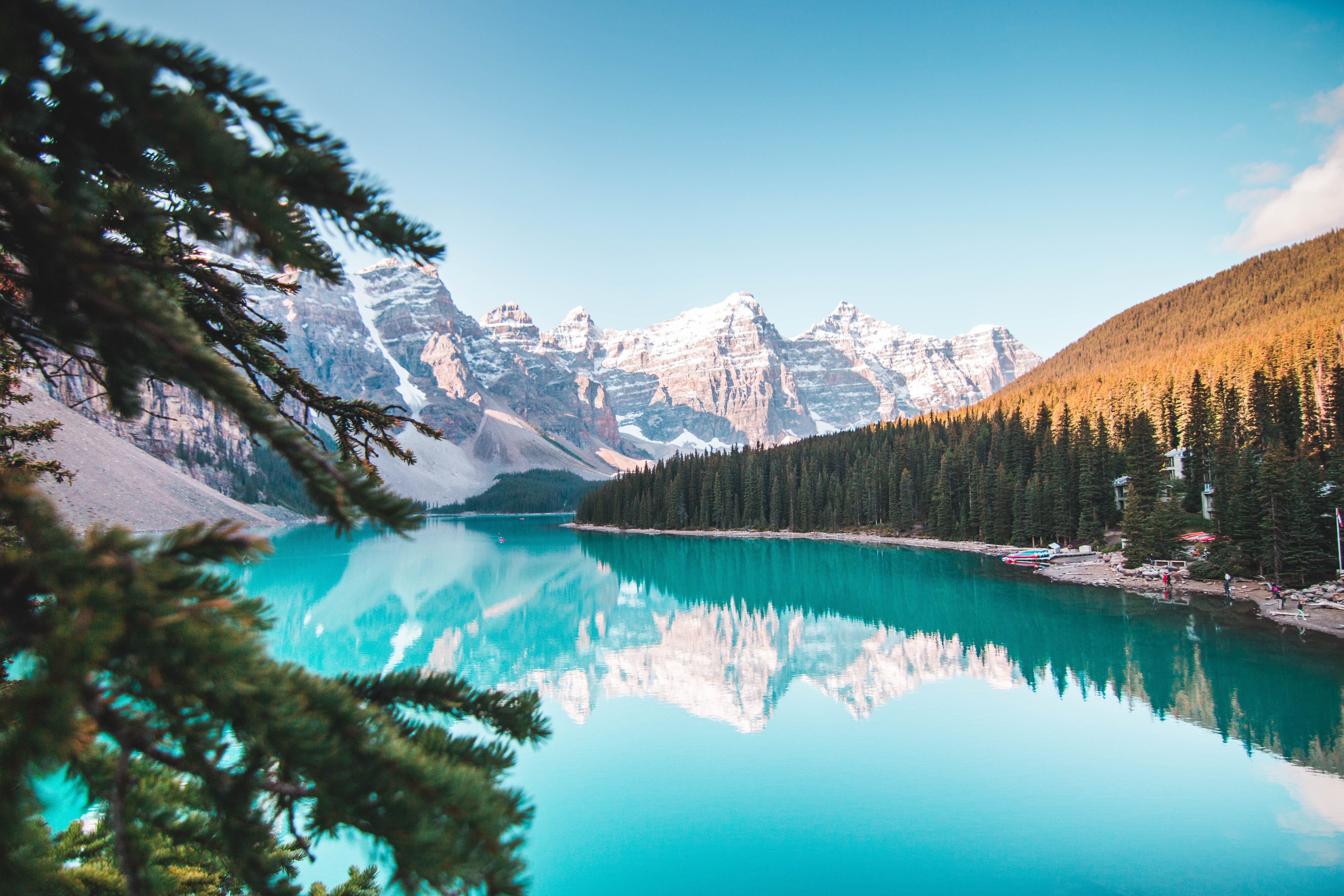
Equally so, photographs that rely heavily on sharpness, details, and fine characteristics also perform well with glossy prints thanks to the smooth paper finish being able to capture all of these important elements.
As for lustre, because this paper is luminous and carries characteristics of both glossy and matte, it tends to do best for images that need some softness to them. Photographs that are sentimental, romantic, or more on the artistic side do beautifully with this finish. Photographers often prefer lustre for portraiture!
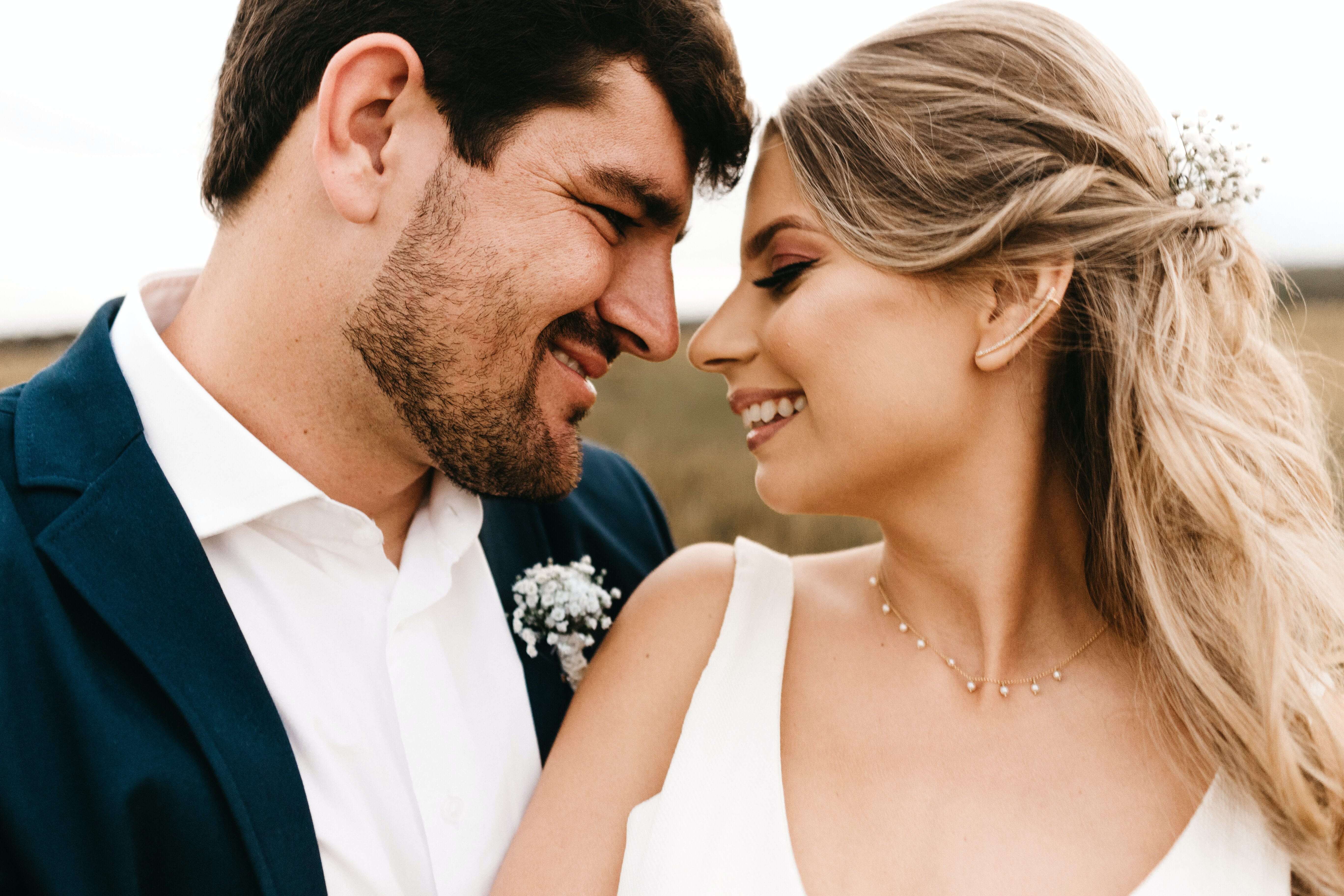
Now, if you are creating a photograph that is going to be handled frequently, lustre is the best printing option. With its resistance to smudges, scratches, fingerprints, and other issues that plague glossy papers, you’ve got a clear winner.
